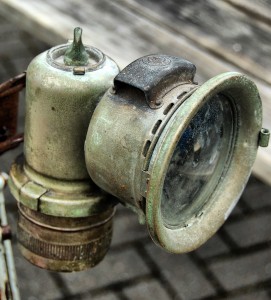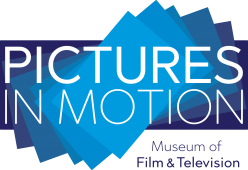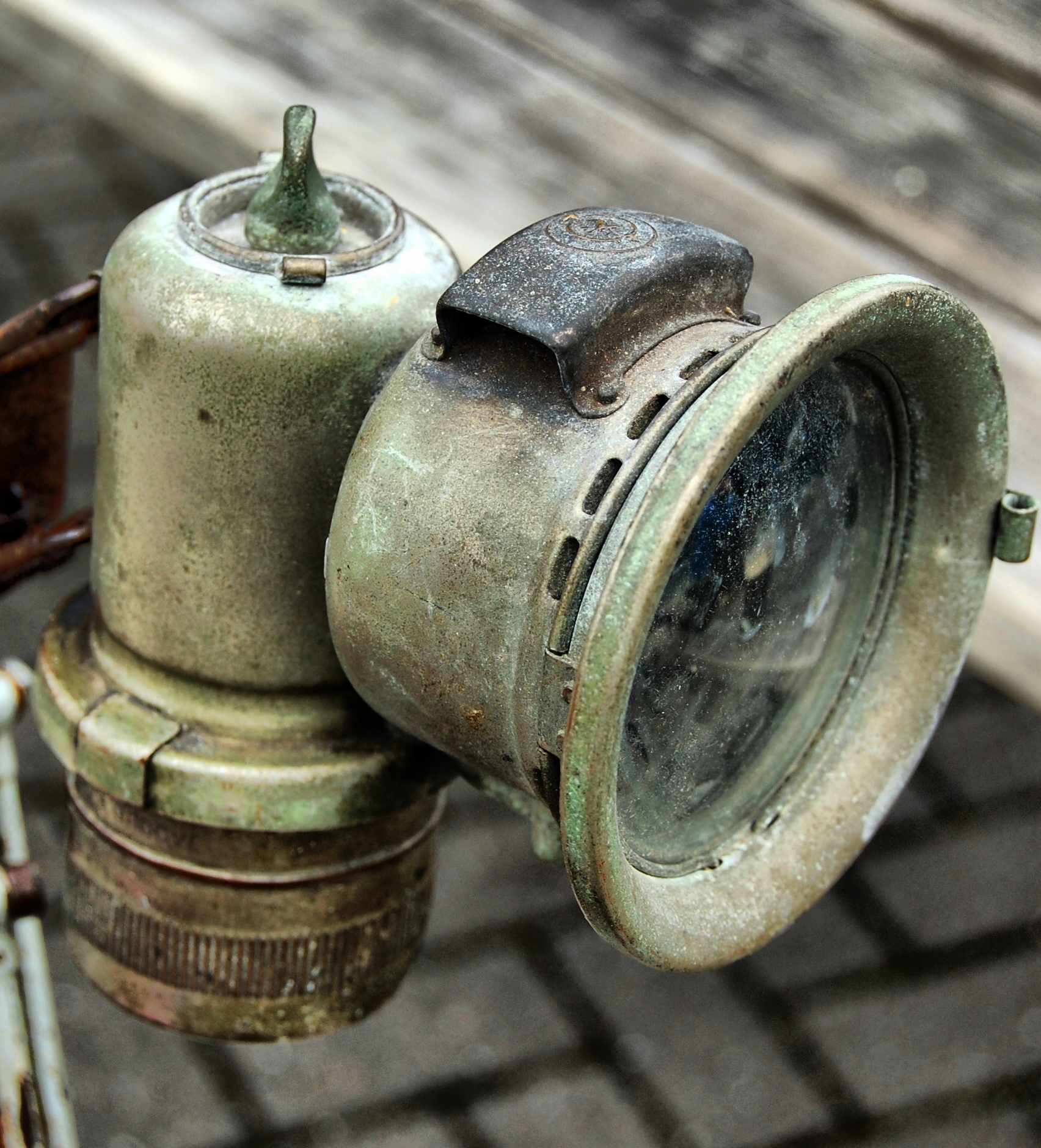 The magic lantern used a concave mirror in back of a light source to direct as much of the light as possible through a small rectangular sheet of glass—a “lantern slide”—on which was the painted or photographic image to be projected, and onward into a lens at the front of the apparatus. The lens was adjusted to optimally focus the plane of the slide at the distance of the projection screen, which could be simply a white wall, and it therefore formed an enlarged image of the slide on the screen.
The magic lantern used a concave mirror in back of a light source to direct as much of the light as possible through a small rectangular sheet of glass—a “lantern slide”—on which was the painted or photographic image to be projected, and onward into a lens at the front of the apparatus. The lens was adjusted to optimally focus the plane of the slide at the distance of the projection screen, which could be simply a white wall, and it therefore formed an enlarged image of the slide on the screen.
Apart from sunlight, the only light sources available at the time of invention in the 16th century were candles and oil lamps, which were very inefficient and produced very dim projected images. The invention of the Argand lamp in the 1790s helped to make the images brighter. The invention of limelight in the 1820s made them very much brighter. The invention of the intensely bright electric arc lamp in the 1860s eliminated the need for combustible gases or hazardous chemicals, and eventually the incandescent electric lamp further improved safety and convenience, although not brightness.
The magic lantern was not only a direct ancestor of the motion picture projector, but it could itself be used to project moving images, which was achieved by the use of various types of mechanical slides. Typically, two glass slides, one with the stationary part of the picture and the other with the part that was to move, would be placed one on top of the other and projected together, then the moving slide would be hand-operated, either directly or by means of a lever or other mechanism. Chromotrope slides, which produced eye-dazzling displays of continuously cycling abstract geometrical patterns and colors, were operated by means of a small crank and pulley wheel that rotated a glass disc.

